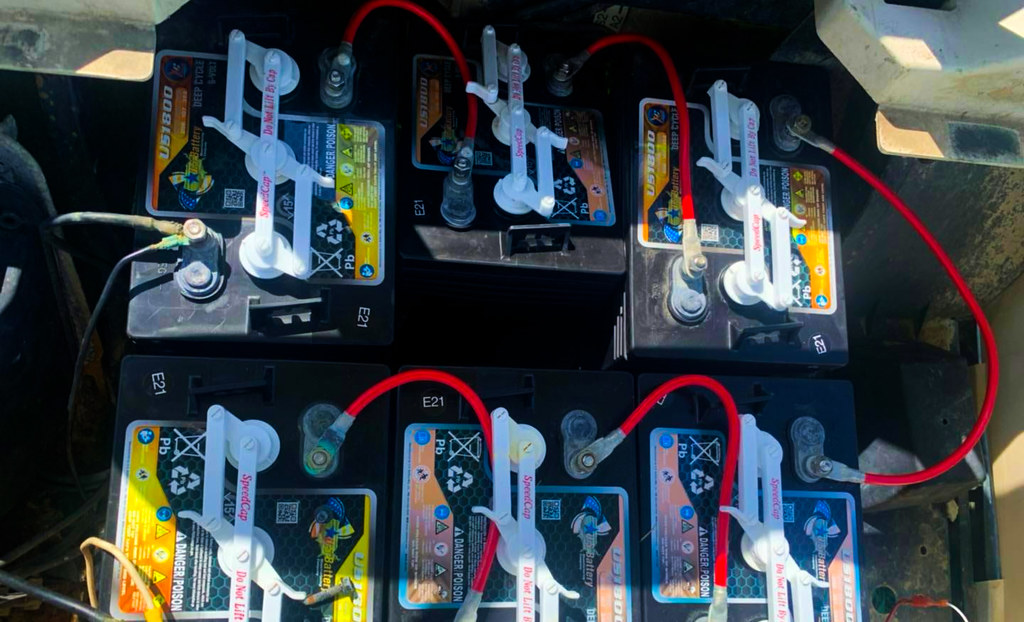Most motorists have experienced the deeply unsettling sensation of being tailgated. That insistent pressure from a vehicle riding far too closely behind, blurring the lines of personal space and safety on the open road, is more than just an annoyance; it’s a genuine hazard. This perilous behavior, frequently employed to pressure drivers ahead, removes crucial stopping distance and places all parties at considerable risk, often leading to serious injuries or even fatalities in the most severe cases.
Indeed, tailgating remains a frequent factor in traffic collisions, contributing to one in eight accidents on England’s highways and major A roads, as revealed by studies leading to National Highways initiating a campaign in 2022 to tackle the issue. Each year, more than 100 people are killed or seriously injured in accidents caused by tailgating motorists, underscoring the urgent need for effective, practical solutions that drivers can implement immediately to protect themselves and others.
It’s perfectly reasonable that many drivers won’t be certain how to handle being tailgated. The natural instinct might be to brake suddenly, but this could trigger a crash. Pulling over to allow them past may not always be feasible or safe. Fortunately, driving experts have outlined straightforward methods to deal with tailgaters safely and effectively, without resorting to dangerous maneuvers. This in-depth guide will equip you with essential strategies and expert insights to navigate these challenging situations with confidence and control.

1. **Annie Winterburn’s Core Trick: Proactively Expanding Your Safety Zone**At the heart of safely managing a tailgater without touching your brakes lies a remarkably simple yet profound strategy, championed by driving instructor Annie Winterburn, who operates Spot On Driving. Her core advice addresses the immediate danger: “If the car behind is too close to you and you have to brake suddenly, that car behind you will crash into the back of you. So you have to make sure you don’t have to brake suddenly.”
To achieve this, Annie recommends a proactive adjustment to your own following distance: “leave a bigger gap between your car and the car in front of you.” This isn’t just about personal comfort; it’s a strategic maneuver designed to create a critical buffer zone that allows for smoother, more controlled deceleration in response to traffic ahead. By extending the space in front of your vehicle, you gain precious extra moments.
Annie Winterburn emphasizes the foundational nature of this advice, noting that it “regularly features in theory tests.” This underscores its significance as a tested and effective method for handling tailgating situations. By taking control of the space in front of you, you indirectly manage the behavior of the driver behind, transforming a high-risk scenario into a manageable one.
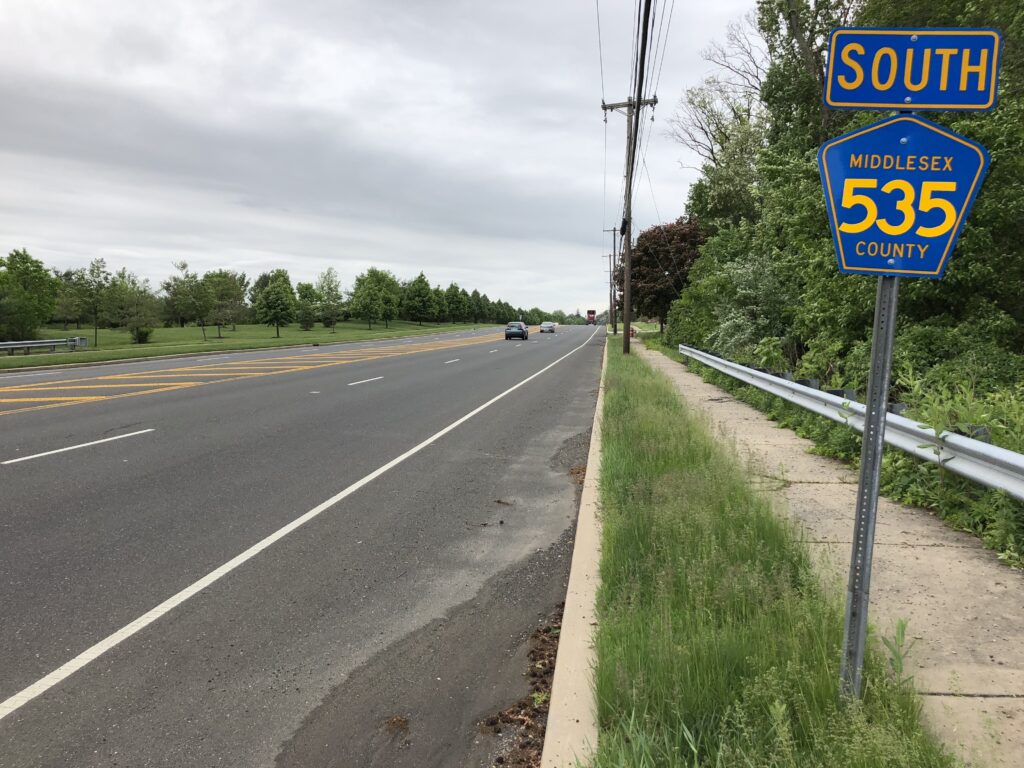
2. **The Foundational Two-Second Rule: Your Dry Road Baseline for Safety**The concept of a safe following distance is a cornerstone of responsible driving, and at its core is the “two-second time gap.” Annie Winterburn explicitly advises, “You should leave at least a two-second time gap, on dry roads, between your car and the vehicle in front of you.” This rule serves as the fundamental baseline for maintaining a safe buffer zone under ideal conditions.
The Highway Code reinforces this, stating that motorists should “maintain at least a two-second distance from the car in front.” This guideline is not arbitrary; it’s calculated to provide sufficient reaction time. Jason Wakeford, from Brake, the road safety charity, underscored its significance, stressing, “It’s vital that drivers leave enough distance between the vehicle in front in order to react in time to any sudden dangers. We’d urge everyone to respect the two-second rule to keep them, and others on the road, safe.”
To apply this rule effectively, drivers are taught a simple technique: pick a fixed object on the road ahead, such as a sign or a tree. As the vehicle in front of you passes that object, begin counting “one thousand one, one thousand two.” If your vehicle reaches the same object before you finish counting, you are following too closely and need to increase your distance.
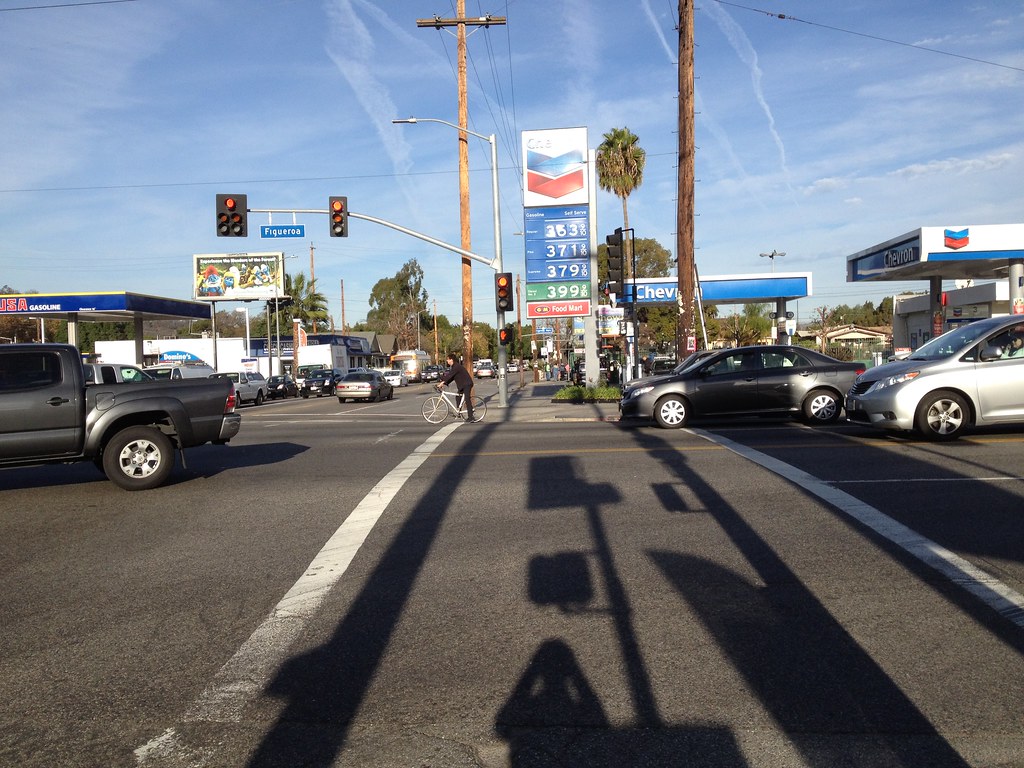
3. **Adapting to Adversity: The Four and Twenty Second Rules for Challenging Conditions**While the two-second rule provides a solid foundation for dry conditions, safe driving demands adaptability, especially when faced with adverse weather. The very same driving instructor, Annie Winterburn, extends her advice to cover these more treacherous scenarios, recognizing that stopping distances increase dramatically when roads are wet or icy. This adjustment is critical for maintaining safety.
Specifically, Annie advises that the two-second time gap “is doubled to four seconds on wet roads.” The presence of moisture on the road surface significantly reduces tire traction, meaning your vehicle will require a greater distance to come to a complete stop compared to dry pavement. This four-second buffer allows for the extended braking time necessary to avoid collisions in rainy or damp conditions.
The need for an even greater buffer is amplified on icy roads. Annie warns that the required gap becomes “ten times the gap” of dry conditions, equating to a substantial “20 seconds.” Ice drastically compromises grip, making sudden stops extremely hazardous and increasing stopping distances exponentially. A twenty-second following distance might seem excessive, but it reflects the severe reduction in control and the prolonged time needed to safely bring a vehicle to a halt on such slippery surfaces.

4. **The Universal 3-Second Rule: A Comprehensive Guide to Safe Following Distance**Beyond the specific recommendations for varying road conditions, a general guideline that many driving experts advocate for is the 3-second rule. This principle expands upon the minimum 2-second recommendation, offering a slightly more generous buffer for everyday driving, particularly useful when facing the pressure of tailgaters. It’s a pragmatic approach to creating a safe space cushion around your vehicle.
To effectively utilize the 3-second rule, the method is straightforward: select a fixed landmark on the road ahead, such as a sign, bridge, or tree. As the rear bumper of the vehicle in front of you passes this landmark, begin counting “one thousand one, one thousand two, one thousand three.” If the front of your car reaches the same landmark before you complete the count, it indicates that you are following too closely and need to slow down to increase your distance.
Maintaining this buffer is crucial for several reasons. It gives you adequate time to react to unexpected events, such as a sudden stop, a swerving car, or debris on the road. Without this space, your ability to brake or steer clear of hazards is severely compromised. Moreover, this extended gap can subtly discourage tailgaters by creating the impression that you have enough room to slow down smoothly, removing their incentive to aggressively push you faster.

5. **Decoding Driver Behavior: Understanding the Psychology of Tailgating**To effectively deal with tailgaters, it’s incredibly helpful to “get inside the head of the driver behind you” and understand *why* they might be riding your bumper. Tailgating is rarely a random act; it can stem from various underlying motivations, and recognizing these can inform your response, helping you react appropriately rather than with anger or panic.
Some common reasons include sheer impatience, where drivers feel you are moving too slowly for their liking, often driven by a personal “need for speed.” Others might be experiencing road rage, using tailgating as a deliberate tactic to intimidate or express aggression towards you. In these cases, their behavior is less about your driving and more about their own emotional state, which makes confrontation particularly risky.
Crucially, there are also drivers who may simply be ignorant of proper driving etiquette or “not be aware of the dangers of tailgating.” They might be following the flow of traffic without consciously calculating safe distances, or their attention might be divided. Understanding these different psychological factors helps to depersonalize the situation, making it easier to remain calm and focused on the road.
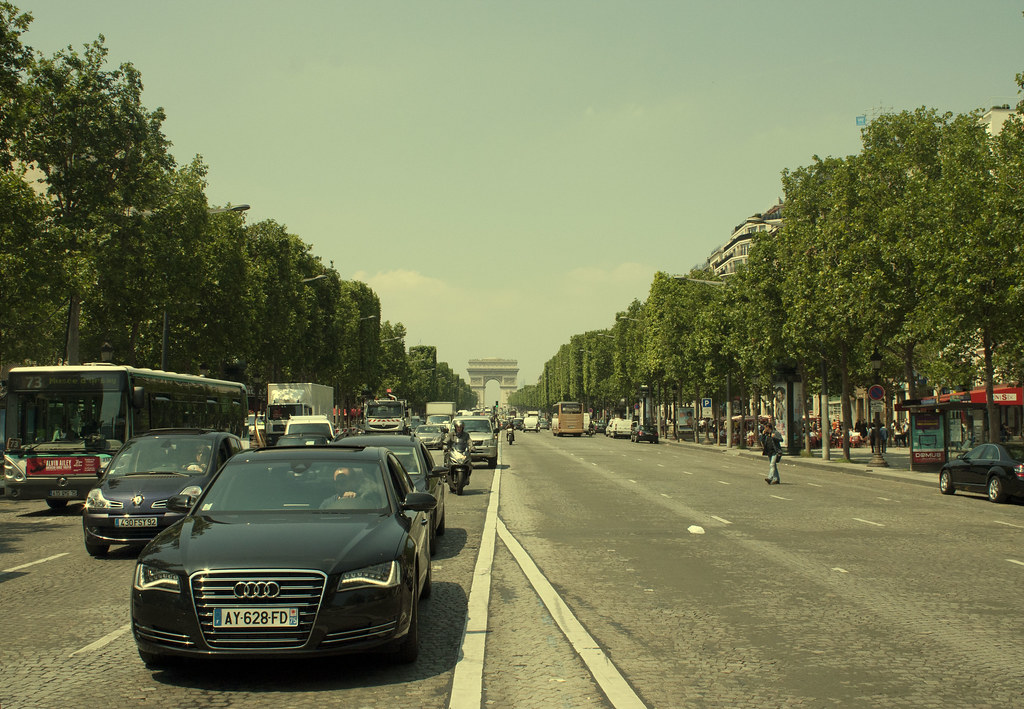
6. **Strategic Calm: Avoiding Provocation and De-escalating Road Tensions**When a tailgater is aggressively close, one of the most critical aspects of maintaining safety is to “avoid provoking the tailgater.” While it’s tempting to react with frustration or even retaliate, such actions almost invariably escalate the situation, increasing the risk of road rage and dangerous maneuvers. The goal is to de-escalate, not inflame, the tension.
Driving experts offer clear advice on what *not* to do: “Avoid braking suddenly or slowing down unnecessarily.” National Highways specifically warns that “deliberately slowing down or tapping your brakes to annoy the car behind can escalate road rage and create even more hazardous situations.” These actions can be perceived as aggressive and may provoke an unpredictable response from the tailgating driver, turning a frustrating situation into a genuinely perilous one.
Instead, focus on maintaining your composure and control. “Stay focused on the road ahead and avoid making eye contact with the tailgater.” Direct eye contact can be interpreted as a challenge and may further agitate an already aggressive driver. By concentrating on your driving and avoiding engagement, you maintain a calm demeanor and prevent the situation from becoming a personal confrontation.
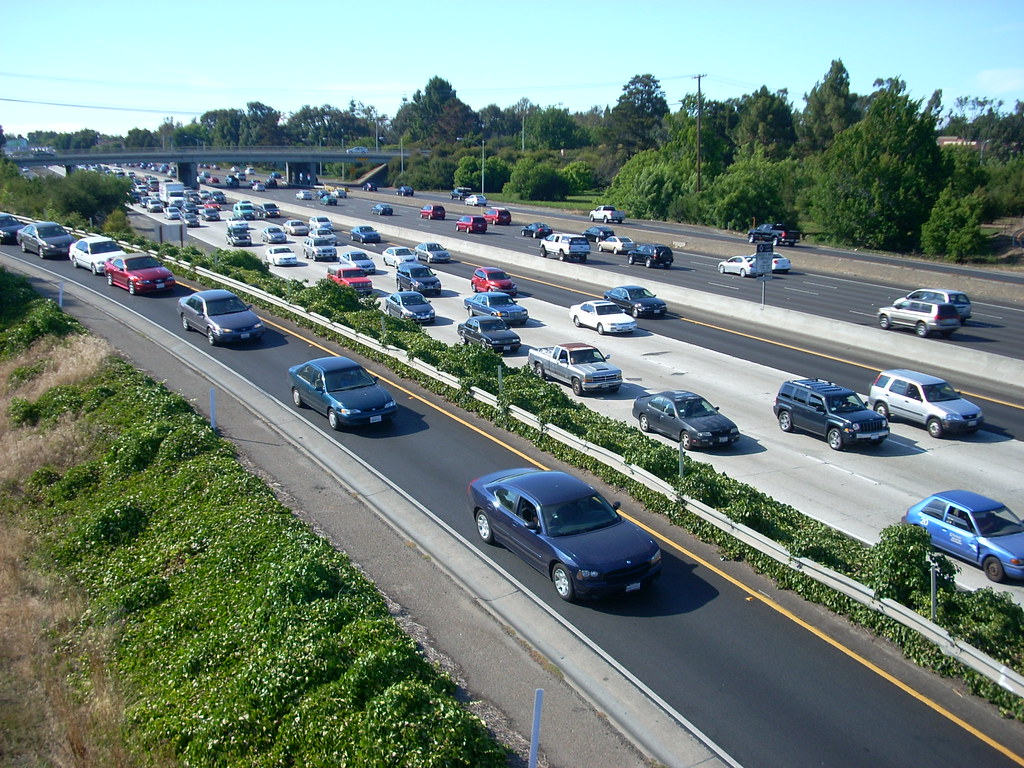
7. **Embracing Defensive Driving: Proactive Awareness for Safer Journeys**To consistently stay safe on the road, especially when dealing with the unpredictable nature of tailgaters, it is imperative to “always use defensive driving techniques.” This approach transcends merely reacting to immediate threats; it involves anticipating potential hazards and positioning yourself to respond effectively before a dangerous situation fully develops. Defensive driving is about taking control of your safety, rather than leaving it to chance or the erratic behavior of others.
One of the most fundamental defensive techniques directly addresses tailgating: “maintain a safe following distance from the car in front of you.” This principle, reinforced throughout expert advice, serves multiple purposes. It provides you with the necessary reaction time, as discussed, but it also creates a subtle deterrent against tailgaters. When they see you proactively maintaining a large gap, they might perceive less urgency to pressure you, or you’ll have more space to ease off the accelerator if they continue to follow too closely.
Beyond following distance, defensive driving demands constant awareness of your surroundings. “Always be aware of your surroundings,” experts advise. “Keep an eye on the cars around you and be prepared to make quick decisions if necessary.” This includes diligently using your mirrors “frequently” and making sure to “check your blind spots before changing lanes.” Such vigilance ensures you have a comprehensive understanding of the traffic environment, allowing you to anticipate potential problems and avoid sudden movements that could catch a tailgater off guard.
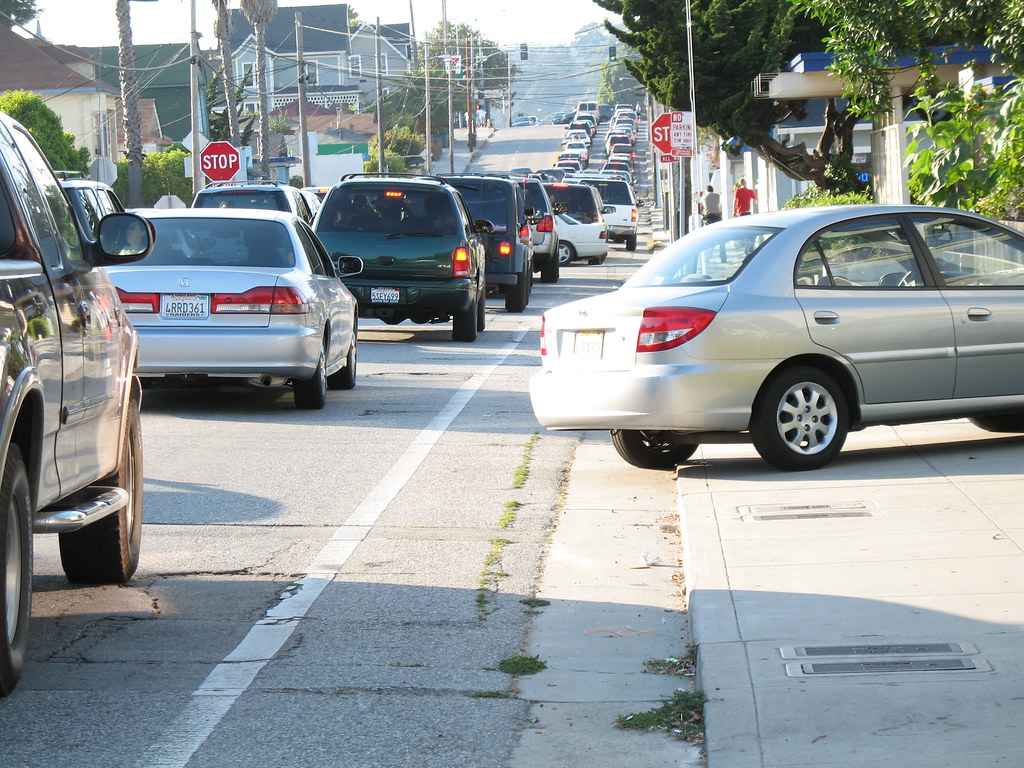
8. **Effective On-Road Communication: Signaling Your Intentions Clearly**In the dynamic environment of the road, clear and early communication is a cornerstone of preventing misunderstandings and ensuring safety, especially when dealing with a tailgater. Your driving intentions, whether it’s to slow down, change lanes, or pull over, need to be unambiguous to the driver behind you. This proactive approach helps to avoid sudden reactions from the tailgater and reduces the overall tension on the road.
Driving experts highlight several practical methods for communicating with a driver who is following too closely. Simple hand signals, such as raising a hand in a ‘stop’ motion, can effectively signal to the tailgater that you require more space. Additionally, sparingly using your hazard lights can serve as a clear indicator that you are uncomfortable with the current driving situation, conveying a message without verbal confrontation. These visual cues empower you to express your needs in a non-aggressive manner.
Beyond direct signals, making eye contact through your rearview mirror can also be a powerful communication tool. This direct, yet non-verbal, acknowledgment signals to the tailgater that you are aware of their presence. For some aggressive drivers, this can subtly diffuse their intimidation tactics, as it shows you are not oblivious to their actions and are confidently in control of your vehicle and the situation.


